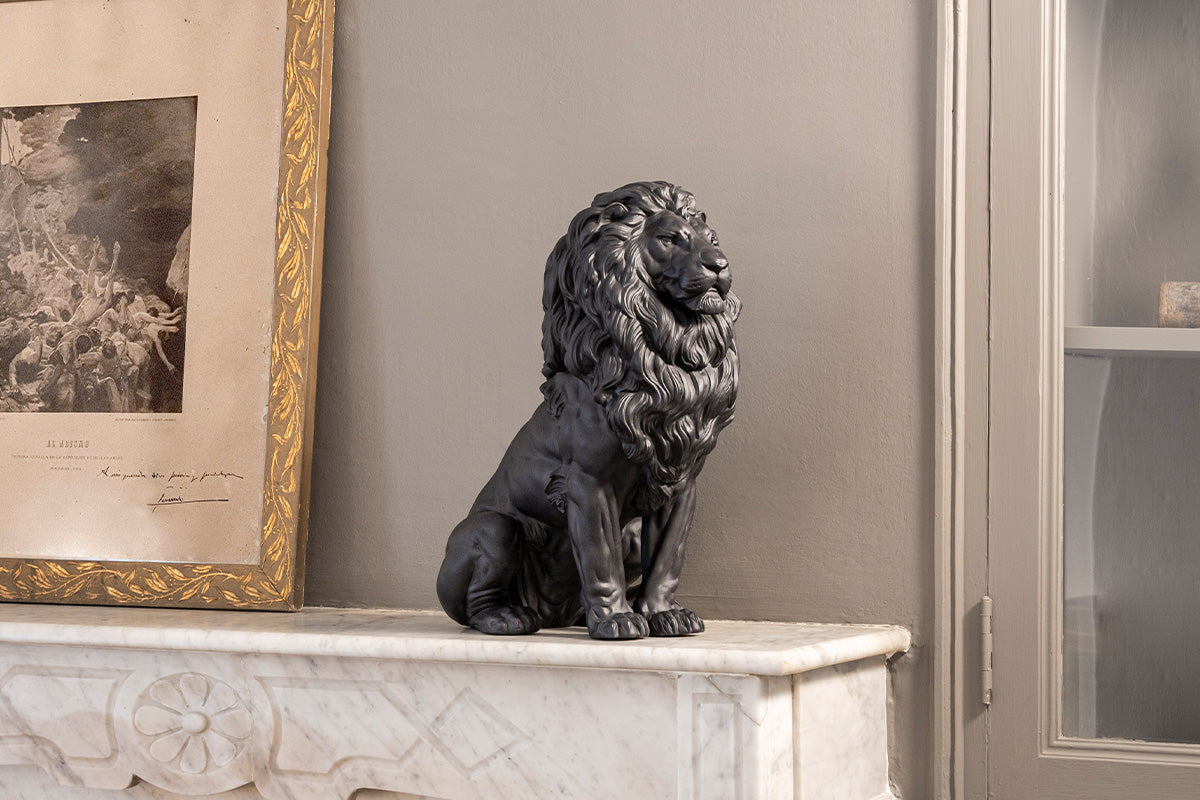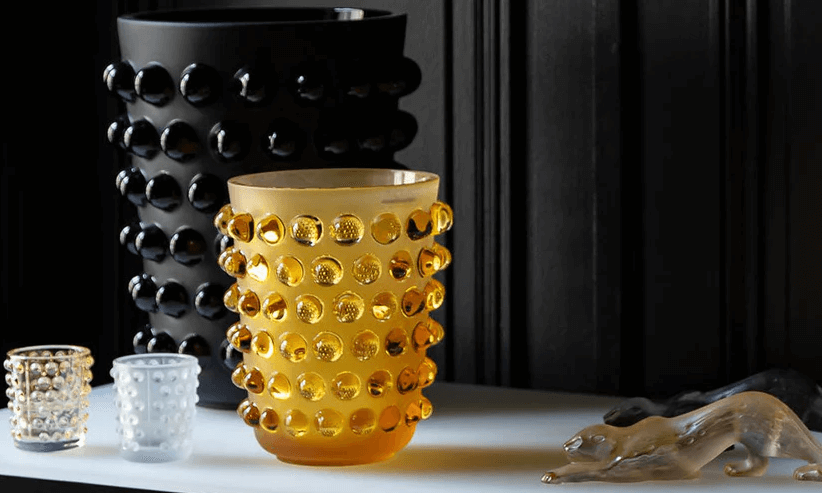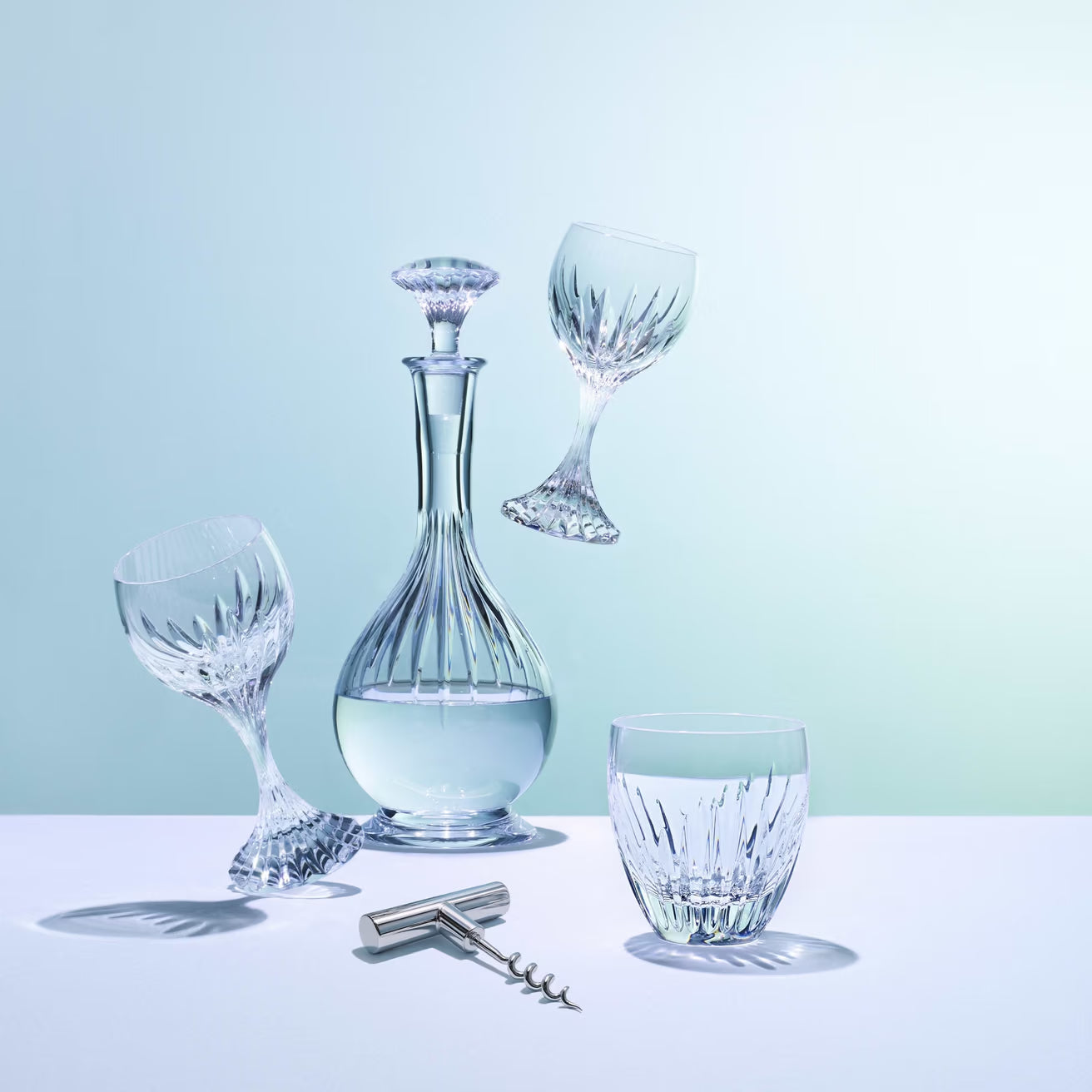Equine Locomotion - Artistry of Horse Movement
Tagged with:Culture & Civilisation
Share
For over 5 millennia, horses have been an-ever-present tool in both war and peace. In fact, before the invention of the steam locomotive in the early 1800s, the only way for man to travel on land faster than human pace was by riding horses. Since travel and transportation is one of the key features of human civilization, the history of horse and humankind are heavily intertwined.
Even after the mass production and availability of automobiles, horses left a legacy with the concept of horsepower, a unit of measurement for power which is still used till today. The horse has been and is still a symbol of wealth and power for people around the world, but the graceful strength of a horse alone has captured many hearts including Ernest Massuet’s, Lladró’s prominent horse sculptor.
Lladró’s Unbreakable Spirit Horse Sculpture displays a horse as if it was energetically leaping out to freedom from the raw matt white porcelain.
BASIC MOVEMENT/GAITS

 As a quadruped (4-legged animal), horses move from place to place using gaits. The above is a comparative table comparing humans and horses. In 1878, Eadward Muybridge shocked the world by creating the first chronophotography collection of a racehorse’s movement while galloping. For the first time, people were able to see in great detail the gait unique to a horse and the muscles required for that motion.
As a quadruped (4-legged animal), horses move from place to place using gaits. The above is a comparative table comparing humans and horses. In 1878, Eadward Muybridge shocked the world by creating the first chronophotography collection of a racehorse’s movement while galloping. For the first time, people were able to see in great detail the gait unique to a horse and the muscles required for that motion.

A celebration of horse gaits and sequential art of motion is seen in Lladró’s Galloping Herd Horses Figurine (right) and is available in both black and white finish. It is also available in the singular form like in Lladró’s Gallop III Horse Figurine (above).
LYING DOWN AND ROLLING
 Horses only lie down to rest when they feel safe and secure. Because they tend to inhabit open plains with no cover, their bodies are actually evolved to be able to sleep standing up! They can balance on just 3 legs, allowing one leg to rest in turn during sleep.
Horses only lie down to rest when they feel safe and secure. Because they tend to inhabit open plains with no cover, their bodies are actually evolved to be able to sleep standing up! They can balance on just 3 legs, allowing one leg to rest in turn during sleep.
They also occasionally go to their favourite mud patch, dusty arena or fresh shavings and roll vigorously from side to side. They do this for stress relieve and to maintain their coat and body temperature.
Lladró’s sculptor Fulgencio García might be more known for his iconic Nuns figurine but has also created several stylized horse pieces like Woman on Horse, and Horses Group Black Limited Edition (left) which is a limited 2011 variant of his original white version created back in 1969.
JUMPING
A horse jumping over obstacles is an impressive feat, considering many adult horses weight around 450 to 700 kg and larger breeds going up to 900 kg. Riders and trainers of horses in the Show Jumping category study this motion to achieve the maximum possible jump height. The current world record was set all the way back in 1949 by a Thouroughbred stallion Huaso and his Chilean rider Captain Alberto Larraguibel – an astounding 2.47 metres!
Sculpted to capture the moment immediately before a horse leaves the ground in a courbette jump, Lladró’s Spanish Pure Breed Sculpture Haute École Limited Edition is a feat of both the mastery of balancing 61cm tall porcelain piece in the kiln and the artistic accuracy of the horse’s hind muscles and features. This is Ernest Massuet’s latest 2023 High Porcelain creation limited to 500 numbered units.
DRESSAGE MOVEMENTS
Finally, dressage movements are trained horse movements used in exhibition, competition, and personal mastery. The International Equestrian Federation describes this as the “highest expression of horse training” where “horse and rider are expected to perform from memory a series of predetermined movements”. This can include:
- specific gaits like piaffe, passage and half-pass,
- unique turns like pirouette,
- and jumps like courbette, pesade and capriole.
Lladró’s Horse on Courbette and Piroutte Bookends showcases two of the many trained dressage movements that also keep your bookshelf tidy and well decorated. It is available in white horse on black background variants and black horse with silver lustre on white background variants.
Our other horse articles:






